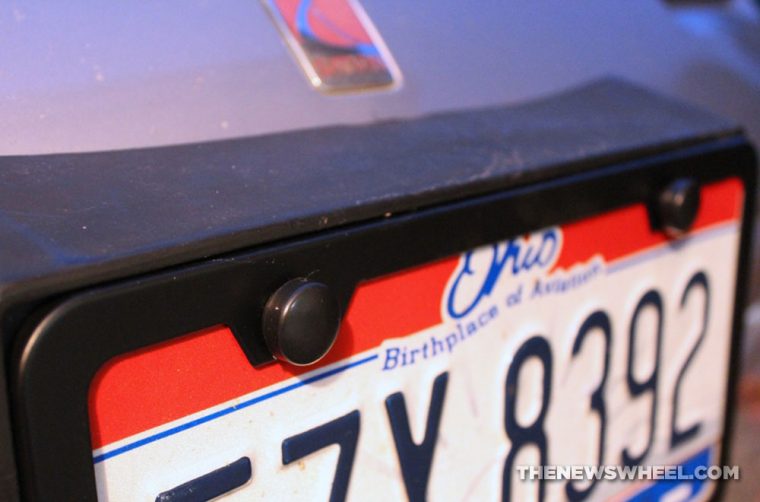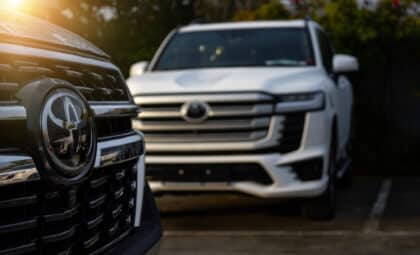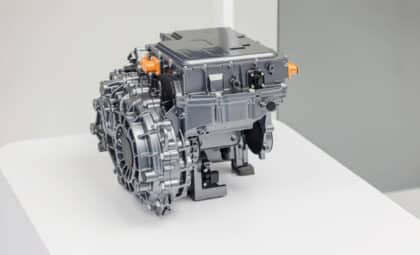
When moving to a new state, it often feels like there are a million things to do during the process. One of the most important tasks that is all too often overlooked is registering your vehicle.
Fortunately, we here at The News Wheel are here with a guide on how to register your vehicle in a new state.
Got a New Driver on the Road?: Advice for parents of new teen drivers
Before you can even begin the process of registering your vehicle in a new state, you will need proof of insurance. Of course, you’ll have to switch over to a car insurance policy for the state you’re moving to, rather than the state you previously lived in. Depending on where you are moving to and moving from, your insurance rates could go up or down, so prepare for this change.
Once you obtain proof of your new automotive insurance, you’ll also want to assemble some legal documents. Your previous driver’s license, proof of U.S. citizenship (such as a passport or birth certificate), proof of residency in your new state, and proof of ownership of the new vehicle are usually required for new vehicle registration.
Take these documents with you to the appropriate government office, usually the Department of Motor Vehicles. As waiting times at these locations can sometimes become quite lengthy, be sure to allot the appropriate time during your day. Also, have to appropriate amount of money for registration, usually between $25 and $60.
You’ll have a limited time to register your vehicle once you move to a new state. The timeline for most states is 30 days, but some states allow more time than that (such as New Jersey). On the other hand, several states allow fewer than 30 days to register a vehicle (such as Michigan).
Hit the Road with Everything You Need: Packing the car for road trips
Drivers moving to a new state will also have to acquire a new state driver’s license. In most scenarios, this license can be obtained without having to take another road test. Most states will require a vision test of some sort. This process will also usually take place at the DMV, although some states have separate offices where registration and licensing is processed.
The registration office will either provide you with new state plates or with temporary plates while your new license plates are processed and sent to you. Once your new plates arrive, you should mail the old license plates to the DMV office of the state you moved from.
Registering your vehicle in a new state can seem like quite the daunting task at first. However, if you follow the steps laid out for you, you’ll be ready to hit the roads in your new home state in no time at all.
Source: DMV.org

Zachary Berry currently resides in the Dayton, Ohio area. However, he enjoys traveling from place to place, as he was born in Oklahoma City and has also lived in Albuquerque and Orlando (such is the life of a military brat). Zachary graduated from Ohio University with a major in Strategic Communication, which is fancy talk for advertising and public relations. Beginning his career at The News Wheel as a lowly intern, he was able to climb his way to the top, eventually claiming his place within the last cubicle on the left. Other jobs that Zachary has held include driving around a safari truck at Disney’s Animal Kingdom. When he’s not putting his nose to the grindstone, Zachary enjoys watching and critiquing movies and television. See more articles by Zachary.









